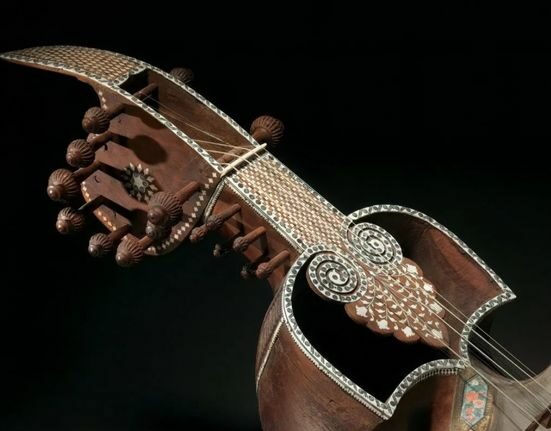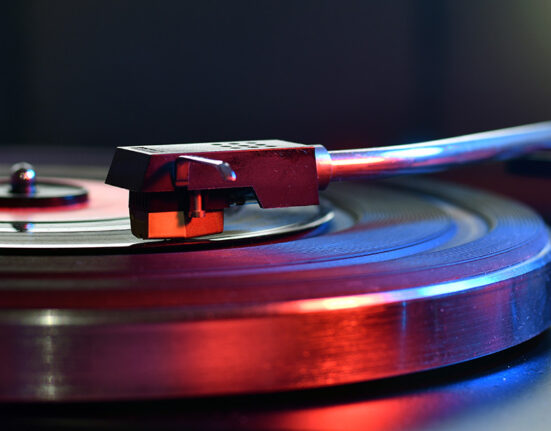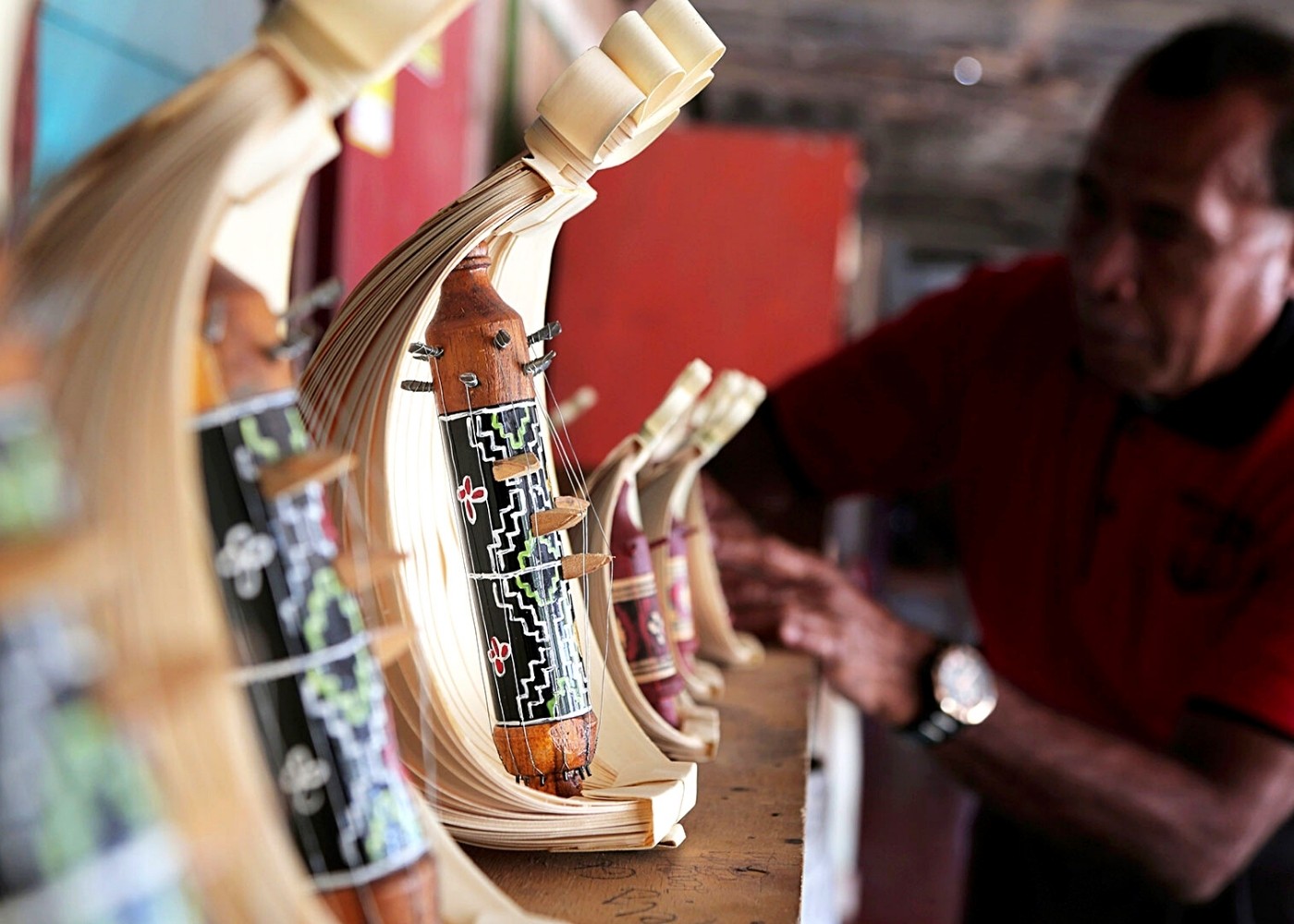The Sasando, a not-so-well recognised one in its native, has garnered global appreciation, and we’ve already found one of it’s players!
An instrument native to the Rote Islands in Indonesia, been in the Rotenese music culture since the 7th century, is one of the rarest and extraordinary instruments to see in today’s time, it’s this exceptional, mind-boggling instrument, one of BeatCurry’s favourite picks-the Sasando. Is it true that world over there are only 20 artists playing the Sasando? How and where would one get to see a Sasando artist? Read to find out more about it.
Coming from a culture that regards the Palmyra palm trees as an indispensable source of livelihood, the leaves finds its use in the form of a hemispherical resonator to create a more vibrant sound. The Sasando is a tube-like plucked string instrument traditionally from the Rote Island, East Nusa Tenggara province in Indonesia. The word ‘Sasando’ comes from the Rote dialect ‘Sasandu’ that means ‘vibrating’ and has lived in their culture for centuries together. It consists of a hollow piece of Bamboo with a wooden head and foot, with strings fastened to the ends with nails.
What’s interesting to know is the constant evolution of the Sasando, an instrument that has witnessed multiple changes towards creating a more modern and a versatile version of its own. It initially had only about 7 bamboo strings tuned to a pentatonic scale, with wooden buttons along with the palm leaves, whereas now, a modern-day Sasando could have about 45 to 60 strings, with sliding bridges, a line-out port to connect it to amplifiers to add sound effects and enable digital equalizing. The early native Sasandos used to come in scales such as C, D or E, while nowadays, it comes with a facility to transpose it to any desired scale using effects. It also replaces the palm leaves with an option to connect it to amplifiers and speakers. Nevertheless, the sound of the Sasando has just gotten more and more original, native and earthly.
Well, again, did you ever think you’d get to see an instrument of this kind? The real fact is that there are only about 20 players worldwide who play this, and what better than getting to speak to such players! “It’s a very rare instrument here in Indonesia. You would find musicians performing it at ceremonies or for the government, but it is a rare sight to find Sasando artists performing at traditional festivals here,” says the world-renowned Sasando artist and maker from Indonesia, Natalino Mella. He shared with us about the entire culture and the music scene of exponents like him, how he travelled and took inspiration from many other traditional musical instruments and designed a Sasando suitable for both modern and contemporary music. Since then he’s been on a journey to make the Sasando a mainstream instrument.
About the music scene, he spoke about how it hugely appeals to a global audience (which he witnessed during his international tours) but largely lacks the same kind of response from a country to which it’s a native traditional instrument. Being a very limited as well as a not so easily affordable instrument, it comes with its set of challenges; nevertheless, there’s been every single effort by artists like Natalino towards taking it to the next level. He believes in making the instrument more visible on social media and creating music videos that depict the sounds of the traditional Sasando.
If you’d like to know about the unique and versatile forms and flavours of music,
Log on to www.beatcurry.com, subscribe and never miss another update from us.







